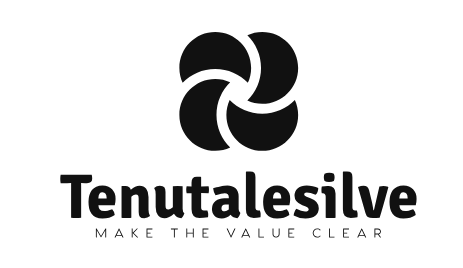Lately, the payment system has witnessed a noticeable growth trend in the global economy. A massive transformation from the hand-to-hand exchange of money to digitization in the contemporary era has brought great benefits. But the advantages are accompanied by an extra layer of intricacy and confusion. Payment as a service platform is used to wipe out the tremendous responsibility of keeping up with administrative consistency.
It establishes a concise outline of what a PaaS arrangement would be suitable to cite that it is a cloud-based system. It permits the accounts receivable team to handle the monetary transactions from any PC and web connection. This is particularly useful for newly established ventures and global companies with various auxiliary teams.
Key highlights of the PaaS arrangements
- Instantaneous payments system that assists the companies and firms in carrying out successful and rapid transactions on a real-time basis.
- Payment choices that are custom-fitted to suit your requirements and the prevailing situation.
- Detailed investigation and reports that would give you profound and significant bits of knowledge into the payment procedure.
- Straightforward and quick coordination with the existing framework of banks.
- Guaranteed security of personal information during payment operation.
Some of the popular payment as a service platform that is frequently used by people frequently use include PayPal, Stripe, Google Pay, Dwolla, Omise, 2C2P, and likewise. Technological advancements have provided us with the benefits of such payment features. PaaS has indeed been successful in raising the living standards of people.













